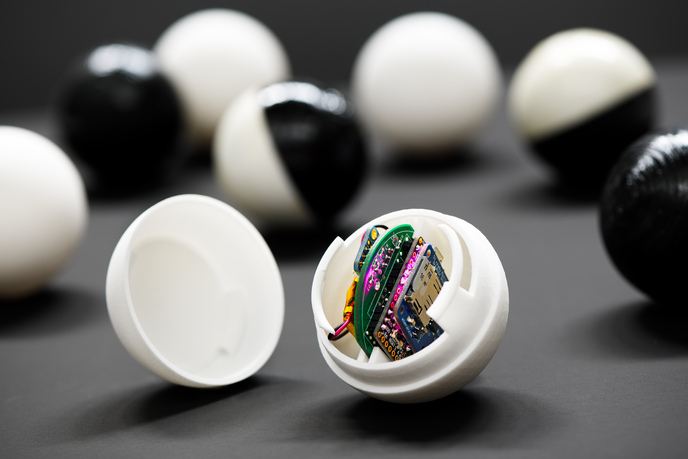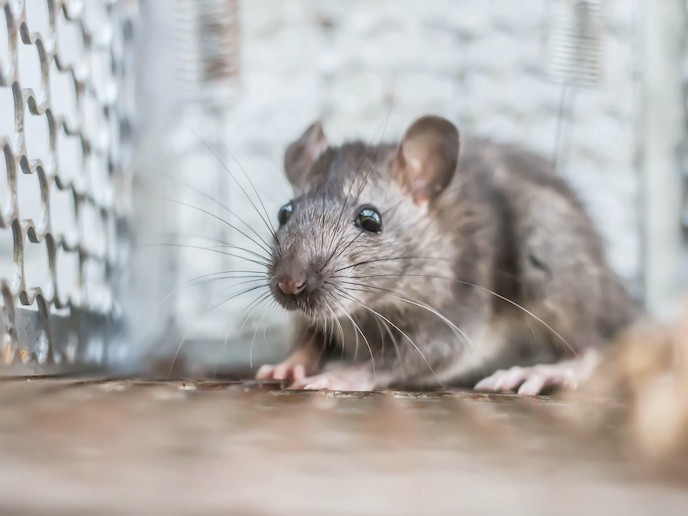Disinfectants linked to health risks
Water disinfection is essential to prevent humans from becoming ill due to waterborne diseases. Unfortunately, many disinfectants contain chemicals that produce toxic disinfection by-products (DBPs). The EU-funded CHE-WADISBYPRO (Chemical evaluation of drinking water disinfection by products) project aimed to produce and chemically characterise specific DBP mixtures to evaluate the health risks of certain disinfectants. Disinfectant chemicals like chlorine react with organic matter and other chemicals (such as iodine and bromine) present in water to produce an array of DBPs. Since many of these are unknown, each by-product's contribution to the overall toxicity of DBP mixtures needs to be evaluated. Chloramine is a common disinfectant made by mixing chlorine and ammonia. When chloramine is used to disinfect water that contains iodine, highly toxic iodated (iodo-) DBPs are produced. To analyse these potentially harmful chemicals further, researchers characterised the DBP mixtures generated after they treated drinking water with chlorine and chloramine. They also investigated whether iodinated X-ray contrast media (ICM) used for medical imaging could supply the iodine that reacts with chlorine to form iodo-DBPs. They used chlorinated and chloraminated water from various sources, including swimming pools, taps and the surface of a highly polluted river. The team also added natural organic matter from a lake and from a river to chlorinated and chloraminated filtered water containing different bromide and iodide concentrations. Researchers then developed two methods to measure selected DBPs that formed in the different mixtures. In addition to finding new iodo-DBPs, they identified which types of DBP formed under different chlorination and chloramination scenarios. They also confirmed that one of four tested iodine-containing compounds used for ICM is indeed an iodine source in water that contributes to iodo-DBP formation. Next, United States Environmental Protection Agency (EPA) researchers will test the toxicity of all DBPs generated during this study. They will do this by looking at their effects on embryo development, their toxicity to cells and their potential to cause genetic mutations.







